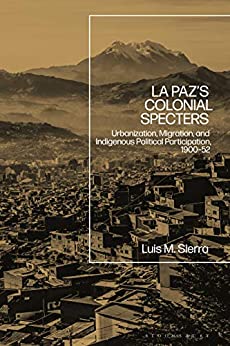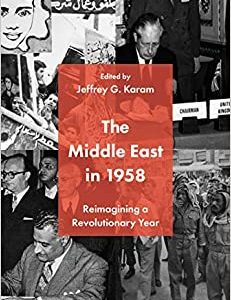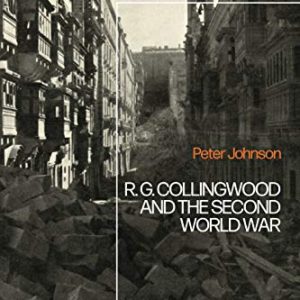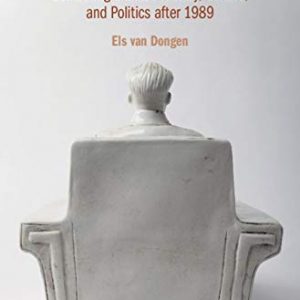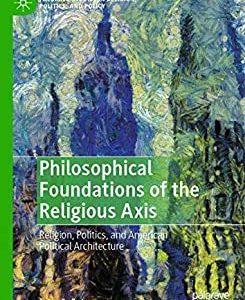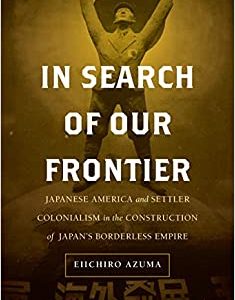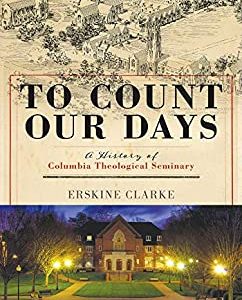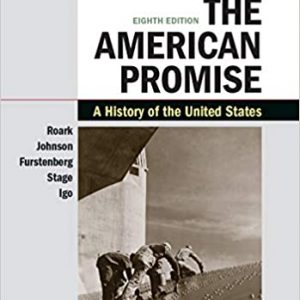Building on rich established historiography on the indigenous people of Bolivia, Luis Sierra breaks new ground in showing the role of the neighborhoods in the process of urbanization, and builds upon analysis of the ways in which race, gender and class discourse shaped migrants interactions with other urban residents. Questioning how and why this multiclass and multi-ethnic group continued to be labelled by elites and the state as “un-modern” indigena, the author uses La Paz to demonstrate the ways in which race, class, and gender intertwine in urbanization and in conceptions of the city and nation.
Of interest to scholars, researchers and advanced students of Latin American history, urban history, the history of activism and the history of ethnic conflict, this unique study covers the previously neglected first half of the 20th century to shed light on the urban development of La Paz and its racial and political divides.

